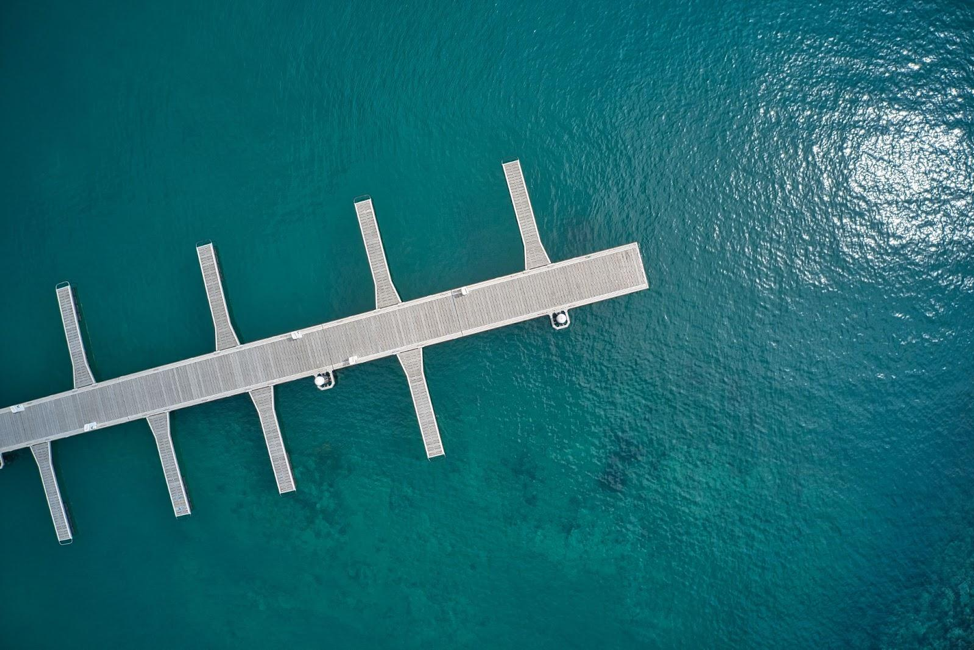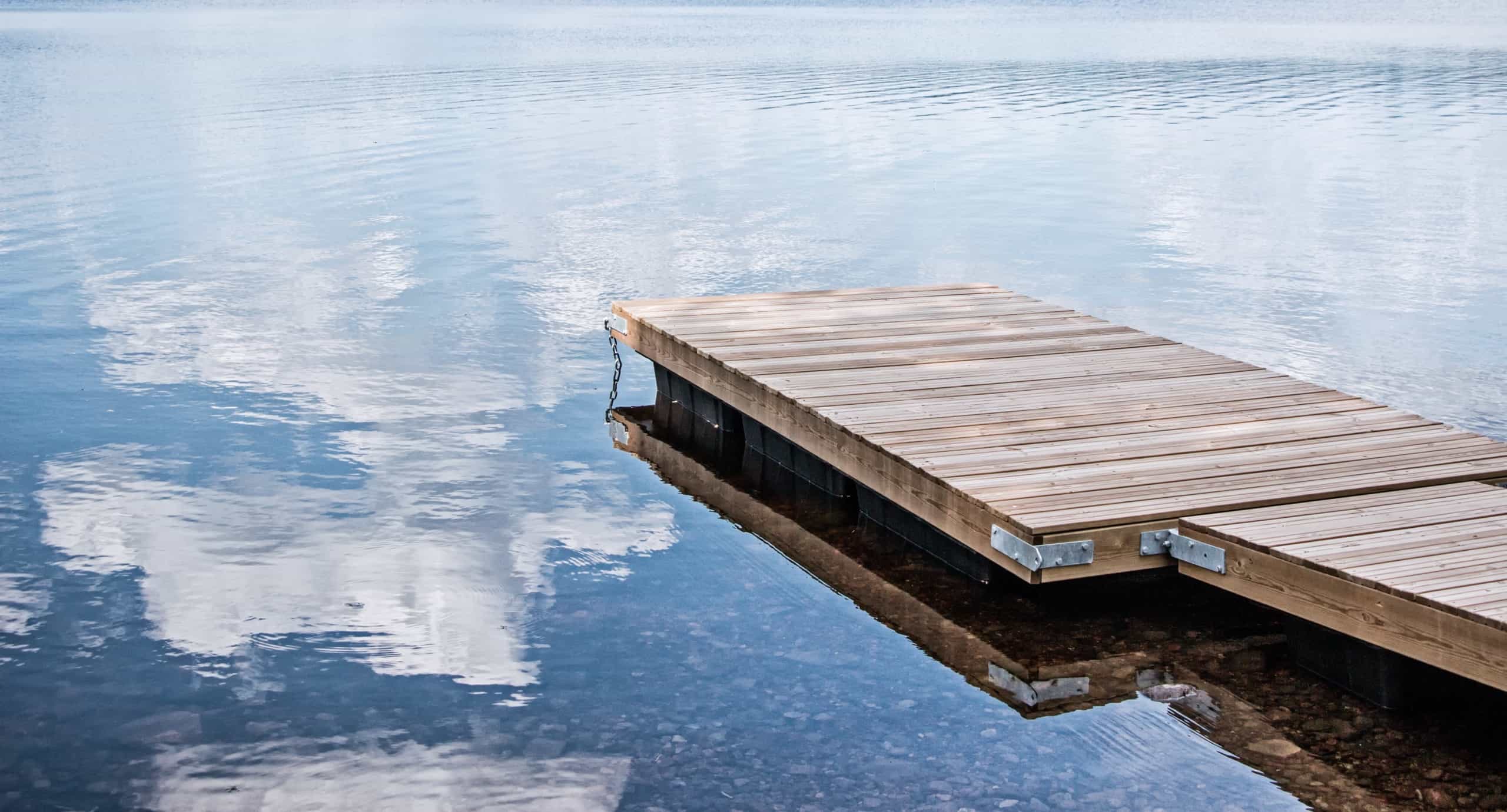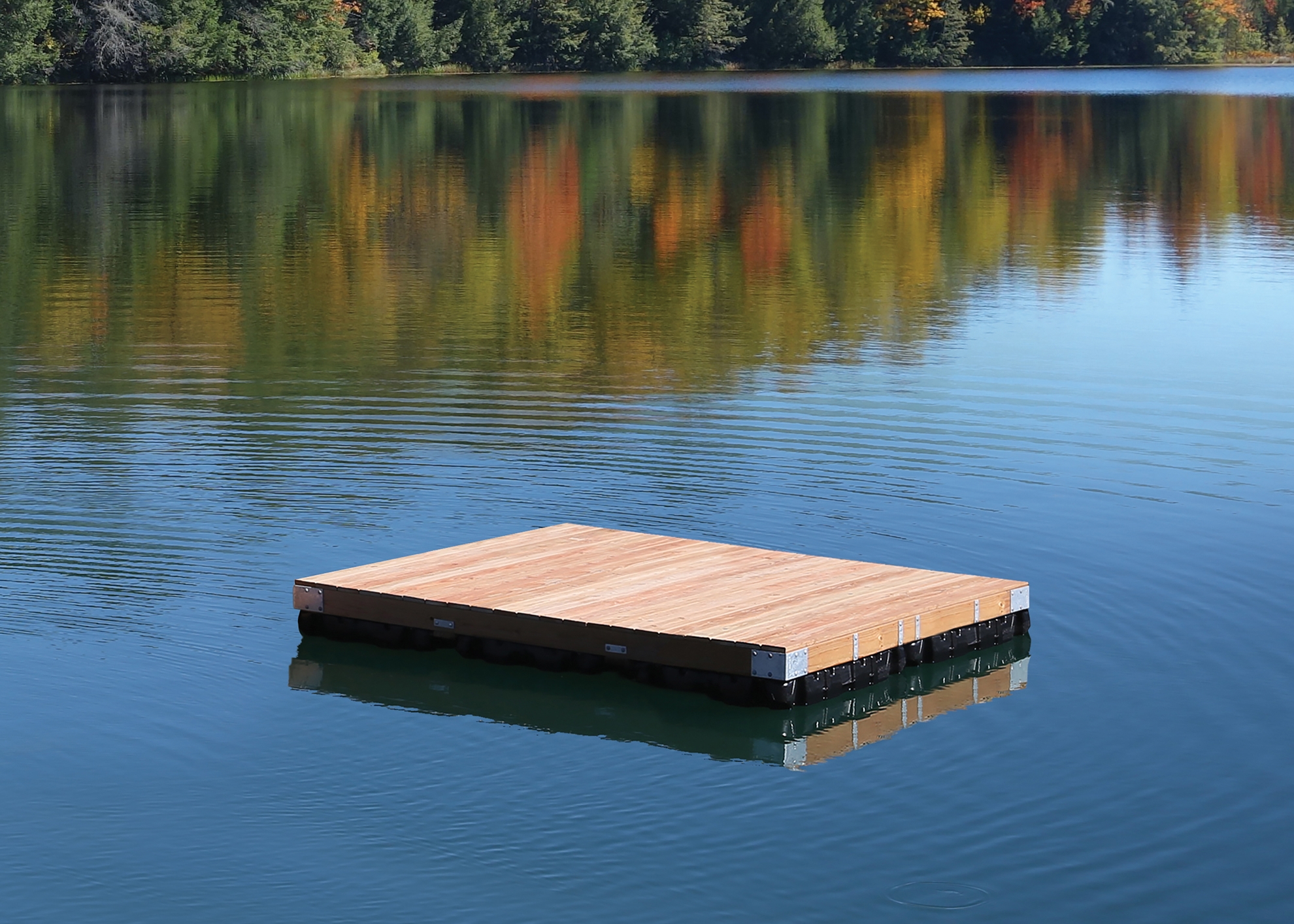Cutting-edge Floating Docks: The Future of Waterside Access and Entertainment
Cutting-edge Floating Docks: The Future of Waterside Access and Entertainment
Blog Article
Upgrade Your Waterfront With Long Lasting Floating Docks
Upgrading your waterfront with long lasting floating docks can substantially boost both performance and aesthetic appeals, providing a flexible remedy for different water tasks. These structures are developed to adjust to rising and falling water levels, making certain security and ease of access throughout the seasons. With a variety of materials available, consisting of low-maintenance choices and conventional wood, picking the appropriate dock can match your personal design and fulfill useful needs. Comprehending the subtleties of setup and upkeep is vital for making certain long life and efficiency. What factors should you consider when making this investment?
Benefits of Floating Docks
Floating docks offer a plethora of benefits that enhance their appeal for various maritime applications. Unlike typical fixed docks, floating docks surge and loss with the trend, making sure constant availability for watercrafts and boat no matter of environmental problems.
Furthermore, floating docks are easier to relocate and mount, providing adaptability for seasonal or momentary use. Their modular design permits customization to fit details demands, whether for private marinas, residential watersides, or business applications.
Additionally, floating docks develop marginal disruption to the water environment, protecting neighborhood environments and decreasing the likelihood of erosion. They also give improved safety and security and security for users, as their buoyant nature provides a more flexible surface area than inflexible frameworks.
Furthermore, floating docks can facilitate a diverse variety of activities, such as angling, swimming, and entertainment boating, making them a beneficial property for waterfront development. Their versatility and functionality make floating docks a preferred option for a range of marine jobs.
Choosing the Right Products
Selecting suitable materials for floating docks is essential to their longevity, efficiency, and general performance. When choosing products, take into consideration aspects such as ecological direct exposure, upkeep demands, and structural integrity. Common materials include wood, plastic, light weight aluminum, and composite alternatives, each offering distinctive benefits and downsides.
Timber, while aesthetically pleasing, needs routine maintenance to stop rot and decay. Pressure-treated wood can improve toughness, but it may still succumb to water damage over time. Plastic drifts, often made from high-density polyethylene, are resistant to deterioration and need marginal upkeep, making them an appealing choice for low-maintenance applications.
Light weight aluminum is another practical choice, known for its stamina and lightweight residential properties. It is resistant to corrosion and can hold up against rough climate condition, although it may be a lot more costly than various other materials. Compound materials combine the very best features of timber and plastic, using a low-maintenance and resistant choice that resembles the look of wood without the connected downsides.
Ultimately, the choice of product need to line up with the meant use, ecological factors to consider, and budget restraints, ensuring a long lasting and useful floating dock that fulfills your specific demands.
Installment Process Review
The successful setup of a floating dock depends on cautious planning and execution, ensuring that it operates effectively in its intended environment. The very first step involves assessing try here site problems, including water deepness, coastline attributes, and prevailing weather patterns, which will inform the dock style and anchoring system.
Following the website analysis, the following stage is to prepare the floating dock elements. This consists of assembling the structure, securing floats, and affixing any necessary hardware. It is important to ensure that all connections are water-resistant and robust to hold up against marine conditions.
When the dock is assembled, the installment procedure commences with placing the dock in the water. This can involve a crane or various other training tools, especially for larger structures. Appropriate placement is important for capability and safety.

Maintenance Tips for Durability
Regular maintenance is important for guaranteeing the durability and ideal performance of a floating dock. To accomplish this, start with routine evaluations at the very least twice a year, focusing on the honesty of the dock's structure, consisting of the flotation tools and connecting hardware. Seek signs of damages, rust, or wear, and resolve any kind of issues immediately to avoid more wear and tear.
Cleaning up is another essential facet of upkeep. Get rid of debris, algae, and barnacles from the dock's surface to avoid unsafe problems and preserve aesthetic charm. Utilize a moderate cleaning agent and a soft brush to stay clear of harming the dock's materials.
Additionally, ensure that the dock is effectively secured and safeguarded to withstand seasonal changes in water levels and climate condition. Examine the anchoring system for security and make adjustments as required.
Enhancing Your Exterior Aesthetic
To develop a visually enticing outside room, integrating a drifting dock can look these up significantly improve the general visual of your beachfront building. Floating docks are not just functional however can also function as a striking focal point that matches the natural environments - floating dock company. Available in different products and designs, these docks can be customized to match your building's architectural style and landscape
The addition of ornamental elements, such as integrated illumination or fashionable barriers, further raises the dock's aesthetic appeal. Take into consideration utilizing natural timber coatings, which mix effortlessly with the atmosphere, or going with modern products like aluminum or composite decking that supply a smooth, modern appearance.
Tactically positioning planters or seating locations on or around the dock can create inviting spaces that urge relaxation and pleasure of waterside views. Furthermore, integrating colors and structures that harmonize with your landscape will certainly create a cohesive visual throughout your outside area.

Verdict

Upgrading your waterfront with sturdy floating docks can considerably improve both performance and looks, offering a versatile service for numerous water activities. Unlike traditional fixed docks, floating docks rise and fall with the trend, guaranteeing constant accessibility for watercrafts and boat no matter of ecological conditions.Selecting ideal products for floating docks is crucial to their longevity, efficiency, and general performance.When the dock is assembled, the setup procedure commences with placing the dock in the water.In summary, floating docks offer many benefits, including flexibility to water level modifications and a selection of material options.
Report this page